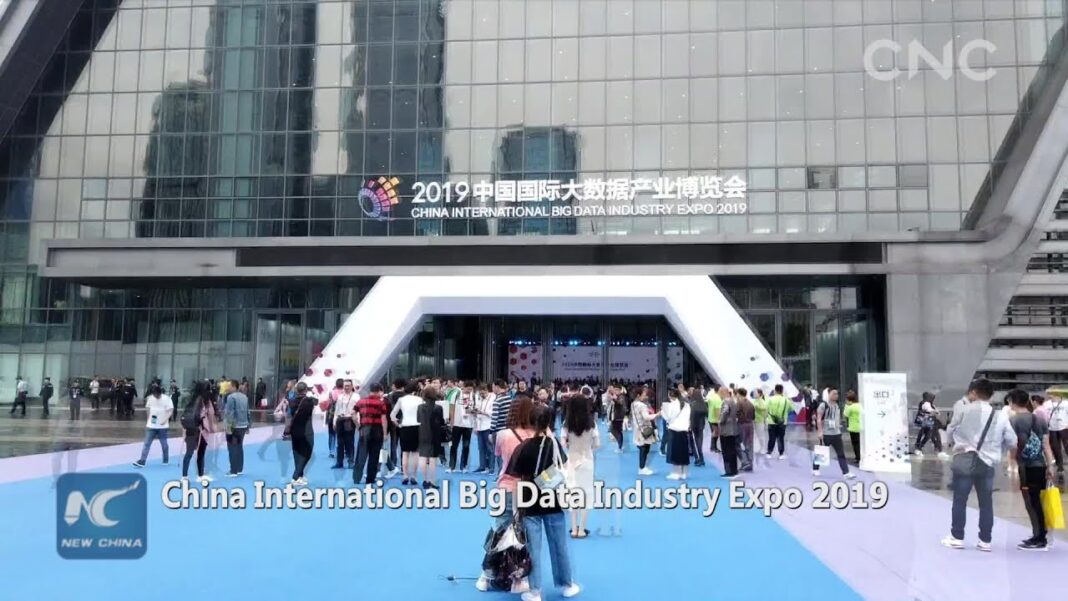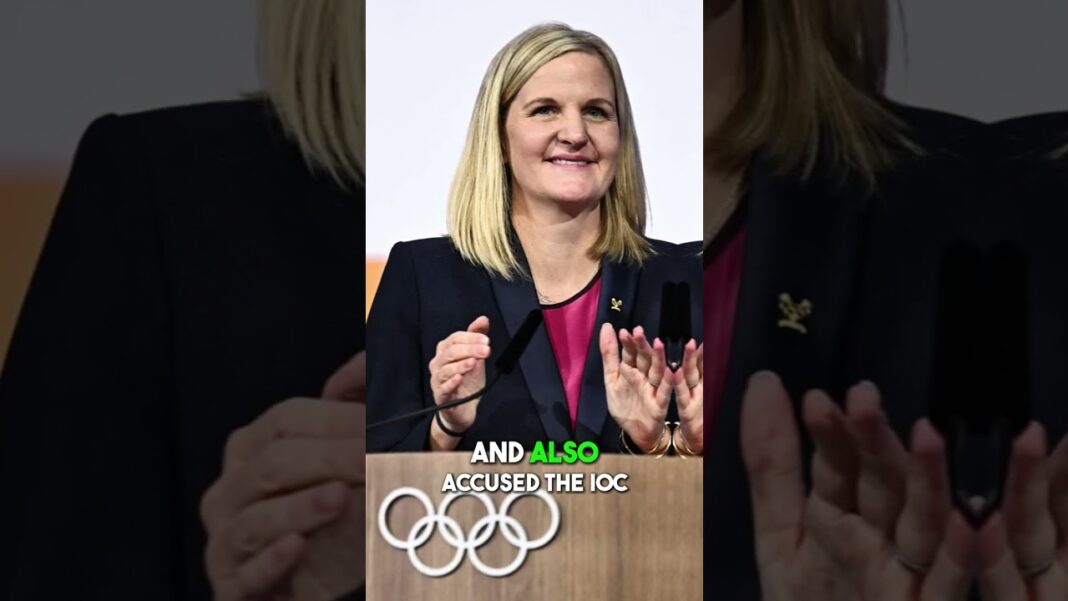A new annual report by global consulting firm AlixPartners forecasts that only 15 of China’s nearly 130 ZEV makers may survive beyond 2030.
News Analysis
In an increasingly overcrowded Chinese zero-emission vehicles (ZEVs) market, only a handful of companies will survive the destructive forces of competition and remain by 2030, according to a new annual Global Automotive Outlook report by global consulting firm AlixPartners.
The report forecasts that only 15 out of China’s 129 currently operating ZEV brands will become financially viable and survive by 2030.
It also highlights some of the key features of China’s “New Operating Model” for ZEV automakers, including faster speed to market, with 40–50 percent less investment and a 30 percent cost advantage. These features, the report says, will enable Chinese automakers to control nearly two-thirds of the domestic market and capture 10 percent of the European market share by 2030.
However, the report emphasizes that gaining market share at home and abroad may not be enough for most Chinese ZEV makers to be financially viable and survive the intense competition. The industry in China refers to ZEVs as NEVs, or “new-energy vehicles,” in accordance with China’s national policies.
“China is one of the most competitive NEV markets in the world, with intense price wars, rapid innovation, and new entrants constantly raising the bar,” Stephen Dyer, Asia leader of automotive and industrial practice at AlixPartners, said in the company’s release.
“This environment has driven remarkable advances in technology and cost efficiency. But it has also left many companies struggling to achieve sustainable profitability.”
NEVs refer to a wider subset of vehicles than ZEVs, which refer specifically to battery electric vehicles (BEVs) and fuel cell electric vehicles (FCEVs). NEVs include plug-in hybrid electric vehicles (PHEVs), which run on both electricity and gasoline.
Subsidies
The primary reason behind the intense competition in China’s ZEV market could be government policies that subsidize domestic ZEV manufacturers.
“Despite ongoing price competition, Chinese NEV brands are leveraging cost advantages and non-price incentives such as insurance subsidies, cash rebates, and zero-interest financing to maintain market share and support consumer affordability,” AlixPartners said.
However, aggressive pricing is making it difficult for any market participant to generate or sustain profits over the long term.







